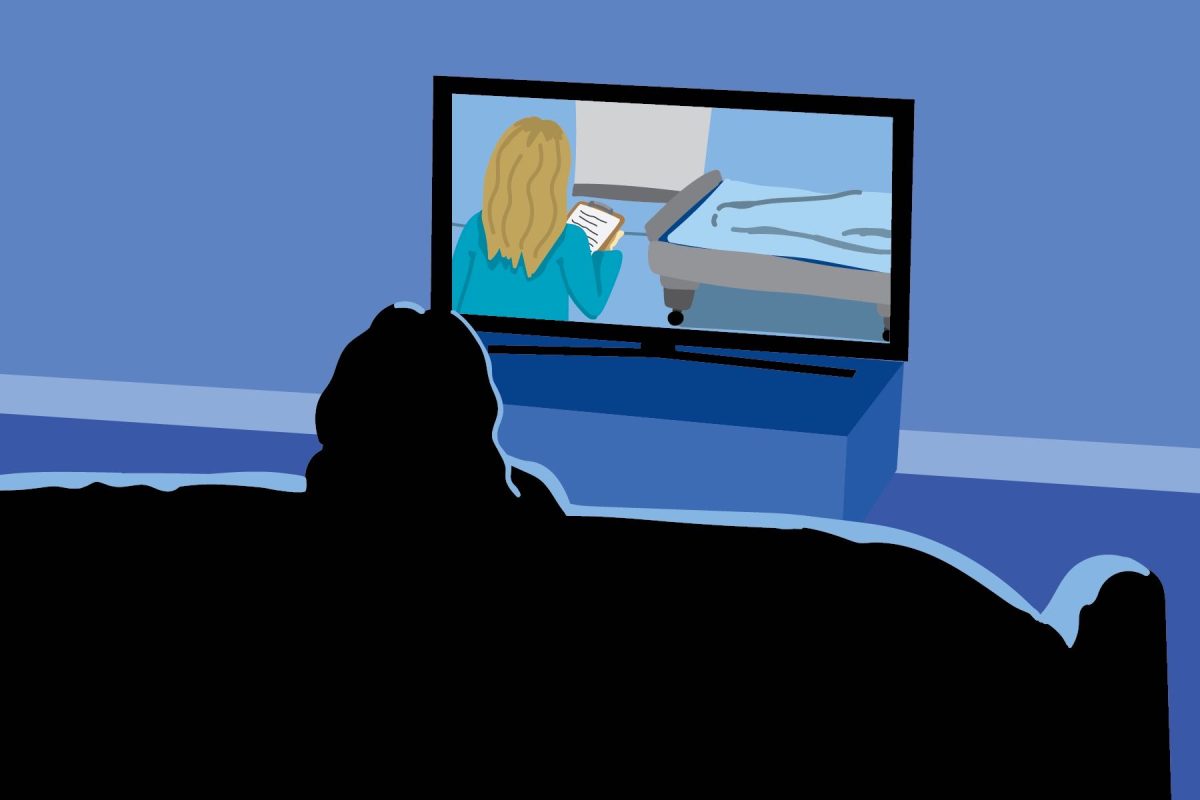This August marks 92 years since the Nineteenth Amendment was ratified to the U.S. Constitution. This amendment granted women in the United States suffrage by prohibiting the denial of voting rights based upon an individual’s sex.
“The Year of the Women” title was given to the 1992 election year because of the large number of women who were voted into office that year. During that election cycle, California became the first state in the union to ever have two women representing them in the United States Senate. Since this paramount year for women in politics, there has be a constant increase of women elected to office, and with that a consistent crescendo in their voice on the floor.
That was the case, anyway, until the 2010 midterm elections. This past election season marked the first time that we observed a decrease in the number of women holding office in the United States Congress in decades. With this reality came some pretty notable consequences.
We saw Republicans trying to balance the budget on the backs of women by using Planned Parenthood as a pawn in a debate about the budget. Fortunately, Democratic women in the Senate stopped that attack.
Two weeks ago, in the midst of a battle over contraception, the House Oversight and Government Reform Committee held a hearing that was titled, “Lines Crossed: Separation of Church and State. Has the Obama Administration Trampled on Freedom of Religion and Freedom of Conscience?” This hearing, which was extremely relevant to the debate over women’s access to contraception, did not include a single woman on the panel.
Democrats were told that they would be allowed to present one witness to testify before the panel of men. Democrats decided to have Sandra Fluke, a Georgetown student, discuss the inevitable repercussions for losing coverage for her contraceptive medicine. However, the chairman of the committee, Representative Darrell Issa, did not allow the young woman to testify because she was “not qualified.”
Regardless of the fact that this is only the first of a series of panels, many Americans are rightfully asking where the women are. In a debate about women’s healthcare, it only makes sense to involve the very agents that will be affected most.
Nancy Pelosi expressed similar concerns in a press briefing saying, “What is it that men don’t understand about women’s health and how central the issue of family planning is to that? Where are the women? And that’s a good question for the whole debate. Where are the women? Imagine, having a panel on women’s health and then not having any women on the panel?”
A new report from the Congressional Research Service found that despite the fact that women make up over 50% of the population of the United States, their presence in congress has never breached 18%. It seems that more than ever, as the political discourse has become more saturated with women’s issues, more women need to throw their hats into races at all level of government across the country. Maybe we can make 2012 the next year of the women.
Michael Patrick is a senior majoring in political science. His column runs on Tuesdays.








